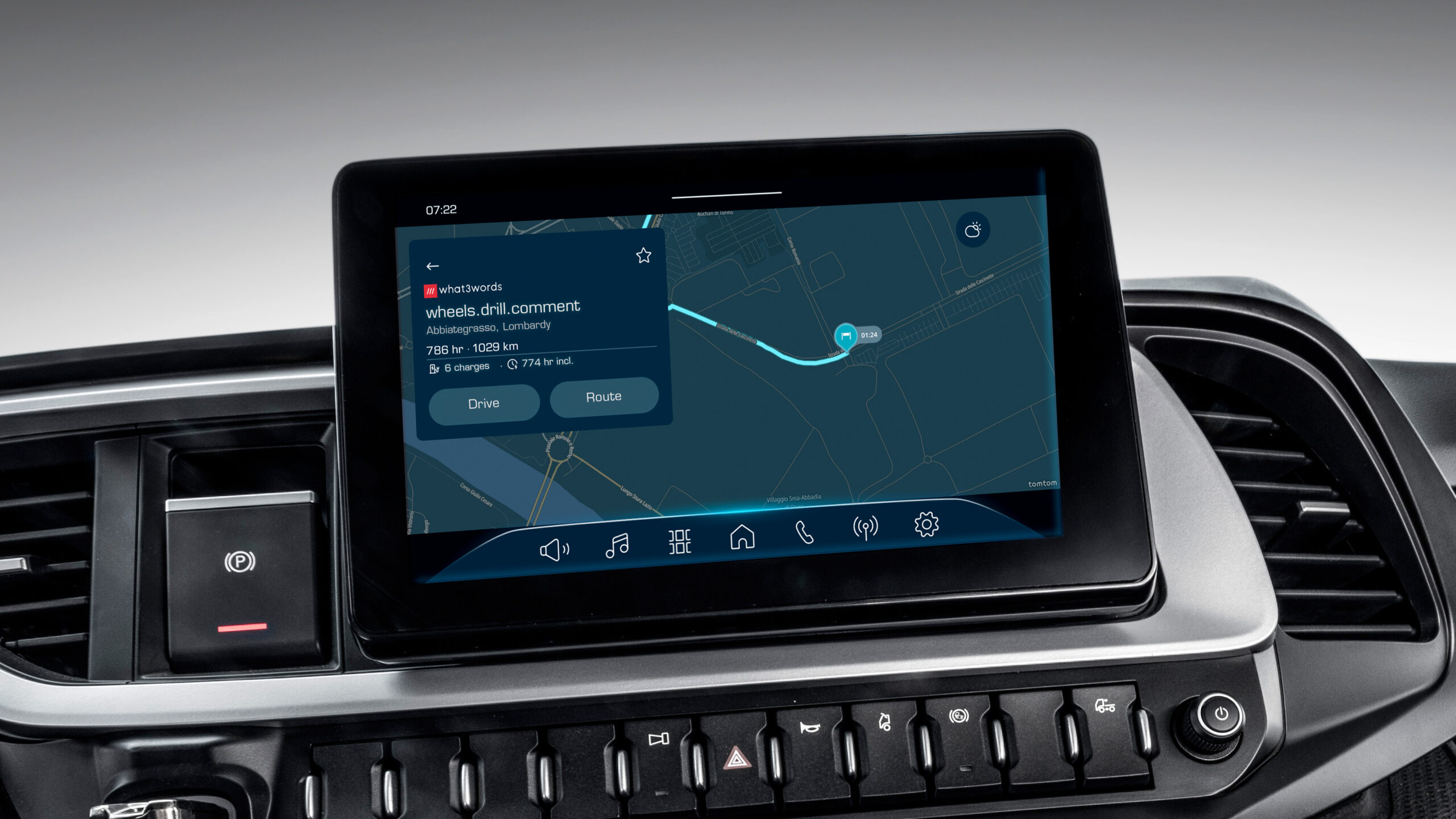
Why sat navs fail drivers and how what3words restores trust in navigation
Every day, millions of journeys start with a postcode entered into a car's sat nav. But how often does that address actually guide a driver right to the intended door, gate, or parking spot? For decision-makers in the automotive industry, the answer exposes a critical brand and UX challenge - one that's now being solved at scale by what3words.
The everyday frustration: why sat navs get it wrong
It’s an all-too-familiar story: a driver heads to an unfamiliar venue, only for the sat nav to announce “you’ve arrived” somewhere in the vicinity – sometimes a street away, sometimes at the wrong entrance entirely. In the UK, nearly a third (30%) of adults admit they do not trust their sat nav to guide them to the correct location (1). Whether it’s a postcode for a large event site leading to the wrong car park, or a new housing development not even listed in the system, these failures erode confidence and create friction at brand-defining moments.
Drivers regularly express frustration at navigation systems that don’t account for multiple entrances, newly-built homes, or rural meeting points. As Chris Sheldrick, co-founder of what3words, famously discovered, even his own office postcode would regularly deliver guests onto the wrong side of the A40 – a frequent, real-world pain point echoed across online driver forums, delivery reviews, and customer support logs.
Why traditional addresses aren’t enough
Postcodes and street addresses were not designed for satellite navigation, which didn’t exist at the time. A postcode can cover dozens of properties; a stadium postcode is rarely the ticket entrance; and for rural trails, temporary event sites, or large campuses, traditional addressing simply falls short. Research shows that around a quarter (25%) of UK consumers say their full postal address doesn’t direct deliveries or visitors exactly to their front door (2).
This gap isn’t abstract. For automakers, when a built-in sat nav fails to deliver, most drivers blame the car. In an era when seamless UX is everything, “arrived nearby” is no longer good enough.
How drivers already find and use what3words
It’s become second nature for drivers to receive what3words addresses from venues, hosts and friends – showing just how widespread adoption already is. Major venues like Wembley, Emirates Stadium, LA Coliseum and Los Angeles FC display what3words addresses for their entrances and car parks, making it easy for visitors to arrive at the exact spot they need (3). Airbnb hosts routinely share what3words locations with guests to guarantee they find the correct entrance, especially in areas with tricky or ambiguous addresses. Many organisations add what3words addresses to their “How to Find Us” website pages – for example, National Car Park’s Nottingham Stoney Street car park in the UK lists /// teams.added.snow for its entrance, while Park Rite’s car park in 48 Charlotte Street in the US lists /// income.areas.open (4 & 5). People also send what3words locations in texts and messages, ensuring friends, colleagues and customers arrive at the right place with confidence.
Automakers respond: delivering the experience
Some of the world’s leading automotive brands – Jaguar Land Rover, Tata Motors, VinFast, Subaru, Mitsubishi, Lamborghini, and many more – have already made what3words available in their navigation offerings. This is a response, not just to technological innovation, but to clear shifts in customer expectations.
For drivers, entering or speaking a what3words address is quick, simple, and powered by a database that is never out of date. For brands, it’s a strategic investment in efficiency, accuracy, convenience, and customer satisfaction – bolstering long-term loyalty and reducing negative perception when navigation matters most.
Closing the trust gap
Let’s face the reality: Drivers want navigation they can trust to get them exactly where they need to be, first time. With what3words built in, they can simply say or type three words to reach any precise destination. Automakers who integrate what3words into their car navigation systems remove common navigation frustrations and deliver the seamless, reliable experiences drivers are expecting.
Is your next model what3words ready?
References
(1) This data collected for what3words was carried out online by Opinion Matters between 24.11.23 – 27.11.23 amongst a panel resulting in 2,000 nationally representative UK adults, of which a minimum of 1000 are drivers, aged 18+.
(2) Survey results based on research conducted by OnePoll to 2,000 adults in the UK aged 18+ in 2022.
(3) Wembley, Emirates Stadium , LAFC & LA Coliseum share w hat3words addresses for precise navigation.
(4) NCP Nottingham Stoney Street car park lists ///teams.added.snow as entrance: https://ncp.co.uk/find-a-car-park/car-parks/nottingham-stoney-street/
(5) Park Rite car park in 48 Street lists ///income.areas.open as entrance: https://parkriteparking.com/blog/parking/48-charlotte-street/
